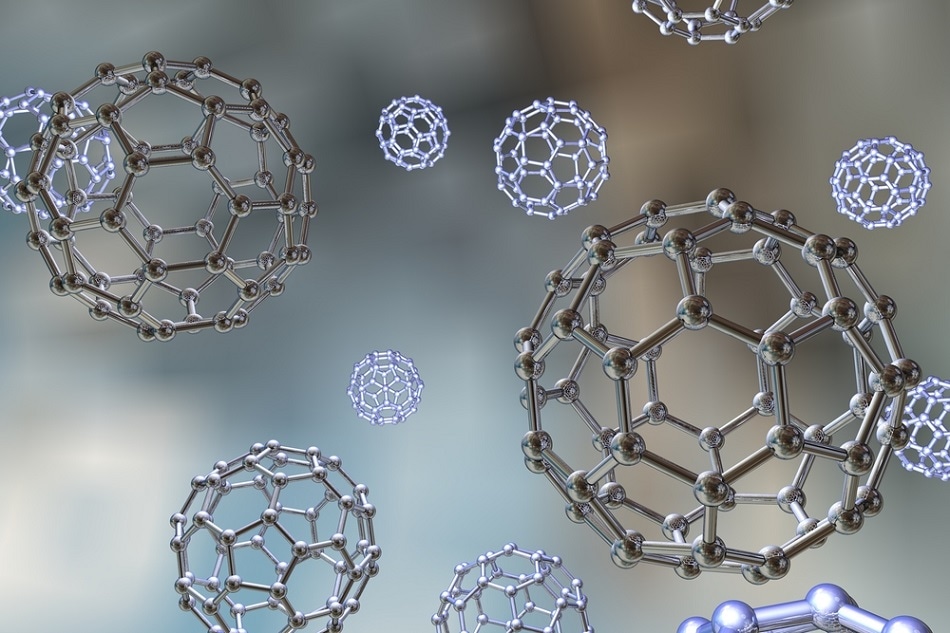A nanoparticle is a small particle that ranges between 1 to 100 nanometres in size. Undetectable by the human eye, nanoparticles can exhibit significantly different physical and chemical properties to their larger material counterparts.
 Loading…
Loading…
A nanoparticle is a small particle that ranges between 1 to 100 nanometres in size. Undetectable by the human eye, nanoparticles can exhibit significantly different physical and chemical properties to their larger material counterparts.
 Loading…
Loading…
The Human Genome Project (HGP) was an international scientific research project with the goal of determining the base pairs that make up human DNA, and of identifying and mapping all of the genes of the human genome from both a physical and a functional standpoint.
 Loading…
Loading…
Cancer describes an enormous spectrum of diseases that all originate from uncontrolled cellular growth. Broadly divided into benign tumors (unable to metastasize) or malignant tumors (able to invade normal tissues), cancers are further defined and classified by their cell type, tissue, or organ of origin.
 Loading…
Loading…Food preservation prevents the growth of microorganisms, or other microorganisms, as well as slowing the oxidation of fats that cause rancidity. Food preservation may also include processes that inhibit visual deterioration, such as the enzymatic browning reaction in apples after they are cut during food preparation.
 Loading…
Loading…Food and Water born diseases – Biological foodborne illness is by far the most common occurrence of foodborne illness and is caused by a large number of pathogenic (disease-causing) microorganisms (germs), including viruses, bacteria, protozoa, parasites and fungi. A very common virus that causes foodborne illness is norovirus (people often call illness caused by this virus “stomach flu”, although it is not really a true “flu”, which is a respiratory illness). Salmonella bacteria also commonly cause foodborne illness.
 Loading…
Loading…An antibody (Ab), also known as an immunoglobulin (Ig), is a large, Y-shaped protein produced mainly by plasma cells that is used by the immune system to neutralize pathogens such as pathogenic bacteria and viruses. The antibody recognizes a unique molecule of the pathogen, called an antigen, via the fragment antigen-binding (Fab) variable region. Each tip of the “Y” of an antibody contains a paratope (analogous to a lock) that is specific for one particular epitope (analogous to a key) on an antigen, allowing these two structures to bind together with precision.
 Loading…
Loading…Air microbiology is a scientific discipline that concerns the microorganisms, including bacteria, archaea, fungi and viruses, in the atmospheric air. It is a subdiscipline of environmental microbiology.
 Loading…
Loading…Glycolysis is the metabolic pathway that converts glucose C₆H₁₂O₆, into pyruvate, CH₃COCOO⁻, and a hydrogen ion, H⁺. The free energy released in this process is used to form the high-energy molecules ATP and NADH. Glycolysis is a sequence of ten enzyme-catalyzed reactions.
 Loading…
Loading…Let us learn about fungi correctly





1. What do you think of when you
hear the word “fungi”?
2. Fungi are neither animals nor
plants; they are also not bacteria.
3. This is why fungi are important.
4. The latest fungi news and trivia.
5. The role of fungi, more than degradation.
6. The future of fungi and humans.
 Loading…
Loading…